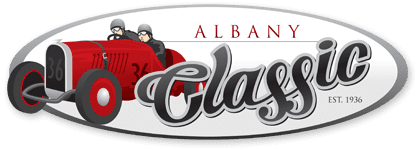History
Extracts from Terry Walker's
'Round the Houses
The History of Motor Racing in Western Australia' (1980)
When the Albany Town Council decided to hold a “back to Albany” week early in 1936, the programme included a Grand Prix for bicycles. Soon afterwards, the Council was approached by a delegation from the WA Sporting Car Club headed by club president Eric Armstrong, who proposed a round-the-houses car race.
The car race was named the Albany Tourist Trophy and was to be conducted over 25 laps of a 2.5 mile (4.0 km) road circuit passing through the centre of town. A mammoth crowd of over 10 000 attended the first of a highly successful series of races that continued until the war.
1936 Entrants
Our First Racers
In view of the historic importance of this very first round the house event, it is covered here in detail, the entry list was as follows:
Arthur Chick – Triumph
Clem Dyer – Bartlett Special
Ossie Cranston – Ford V8 Special
Lionel Seeligson – Ford V8
Neil Baird – Terraplane
Peter Connor – Rover
Don Collier – Chrysler Special
Eric Armstrong – Lagonda Rapide
Jack Nelson – Ballot



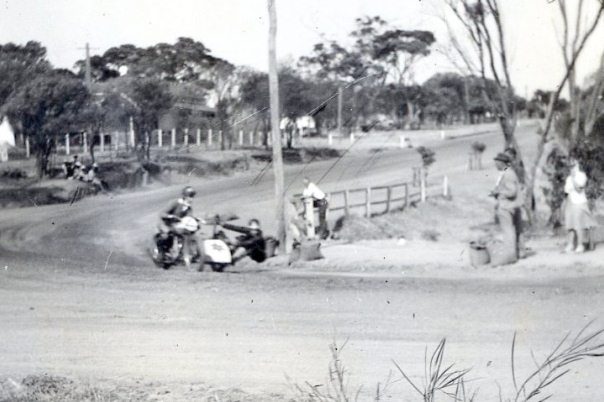
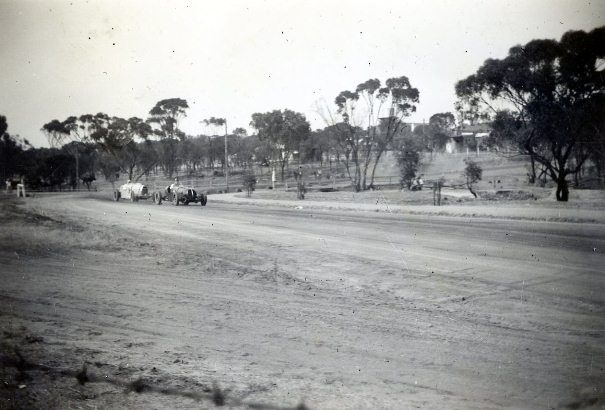

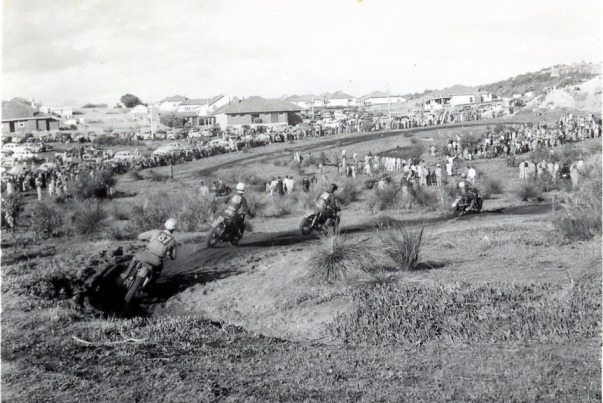

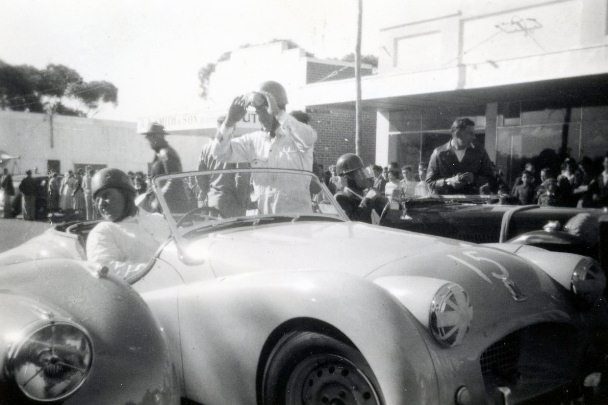

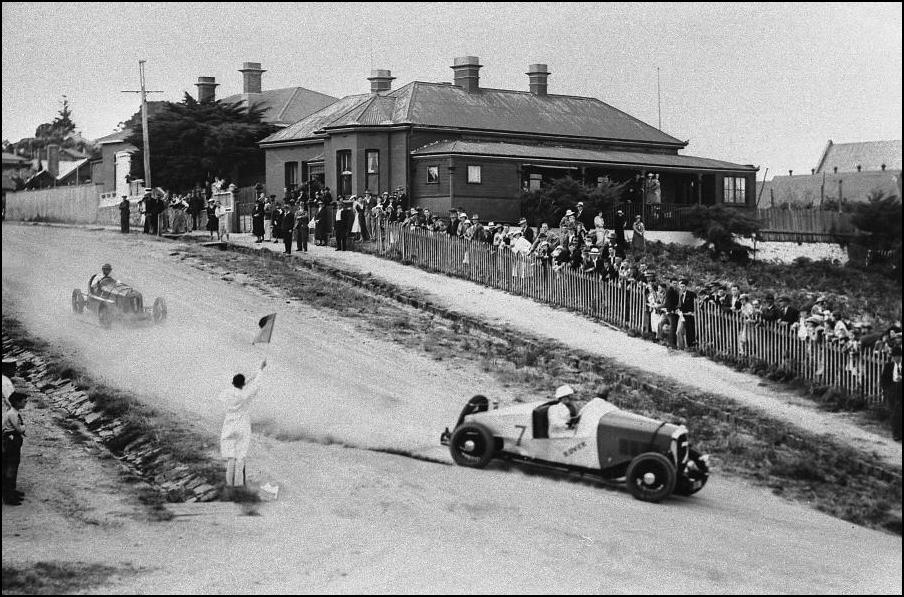

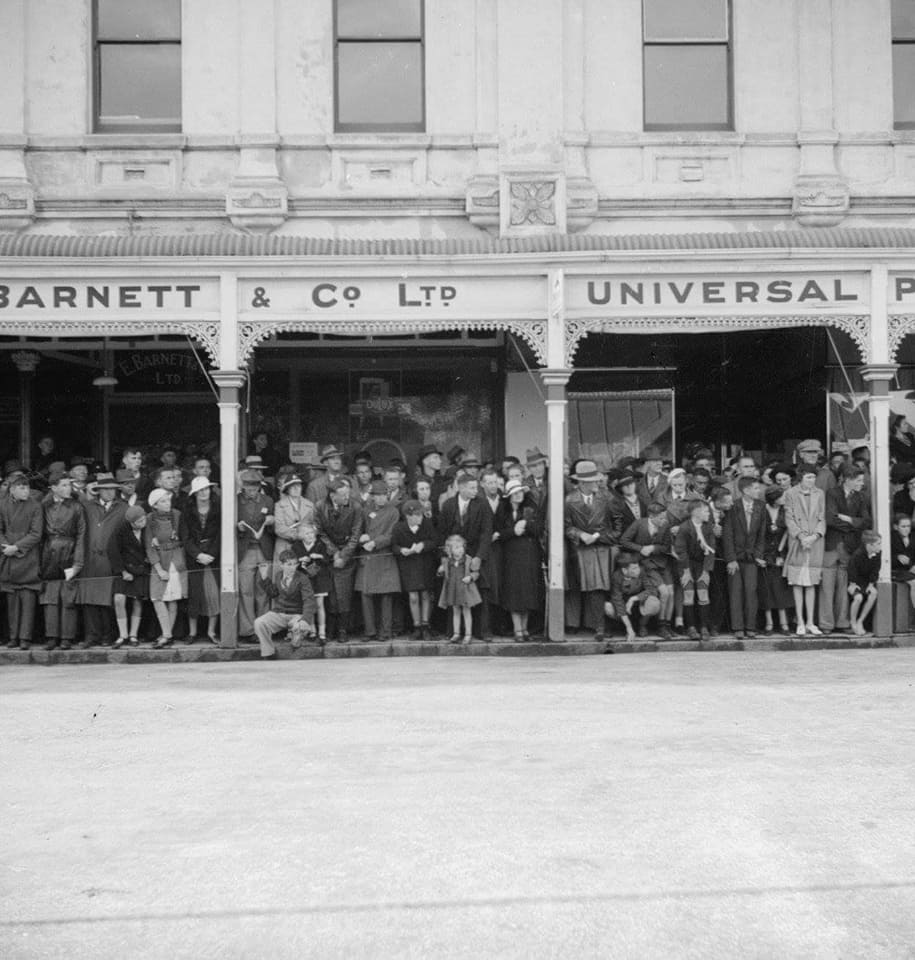
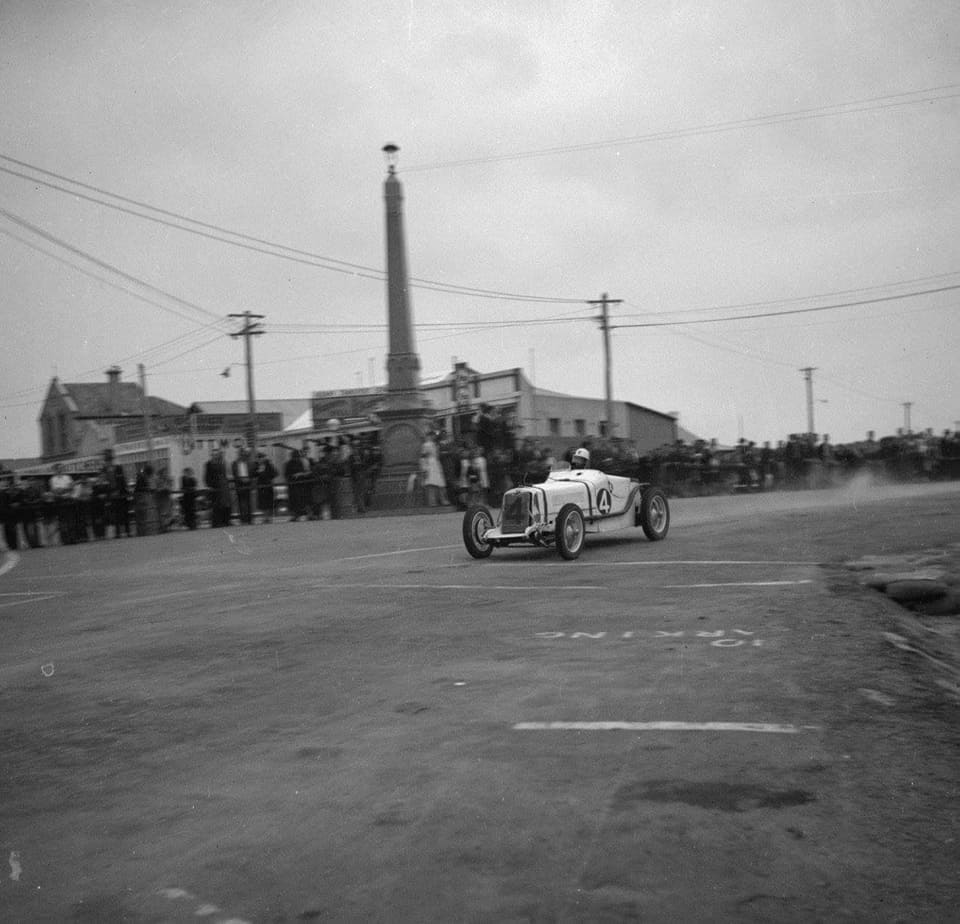
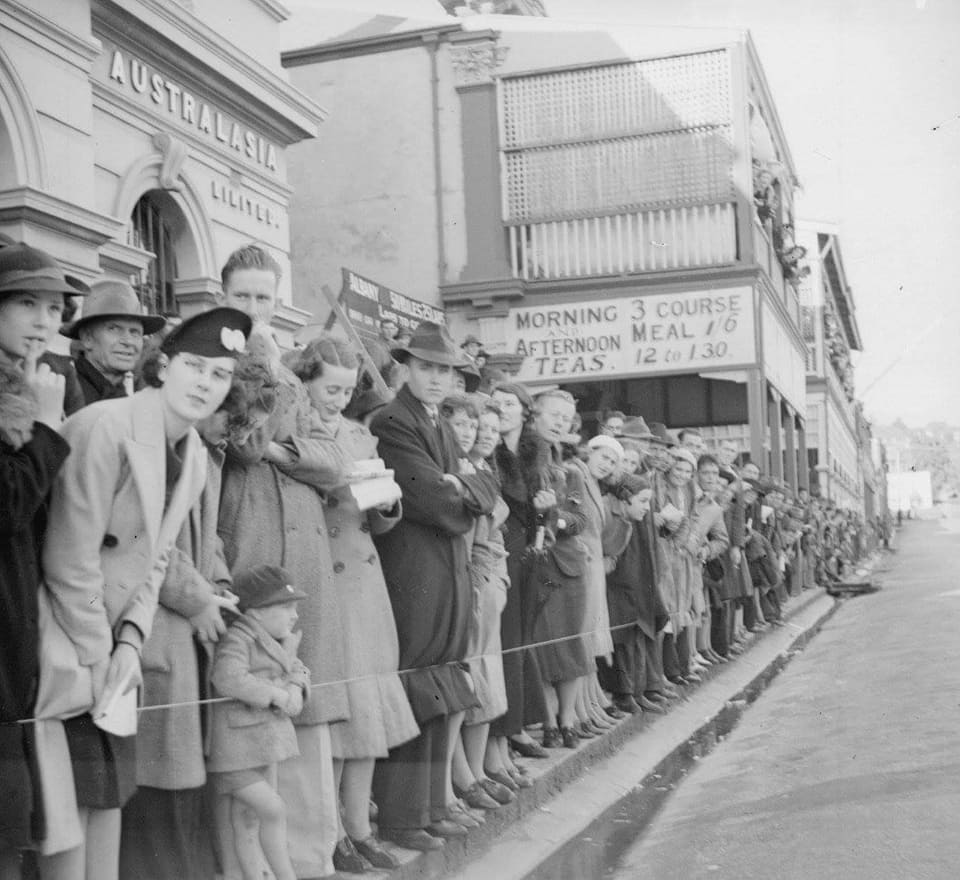



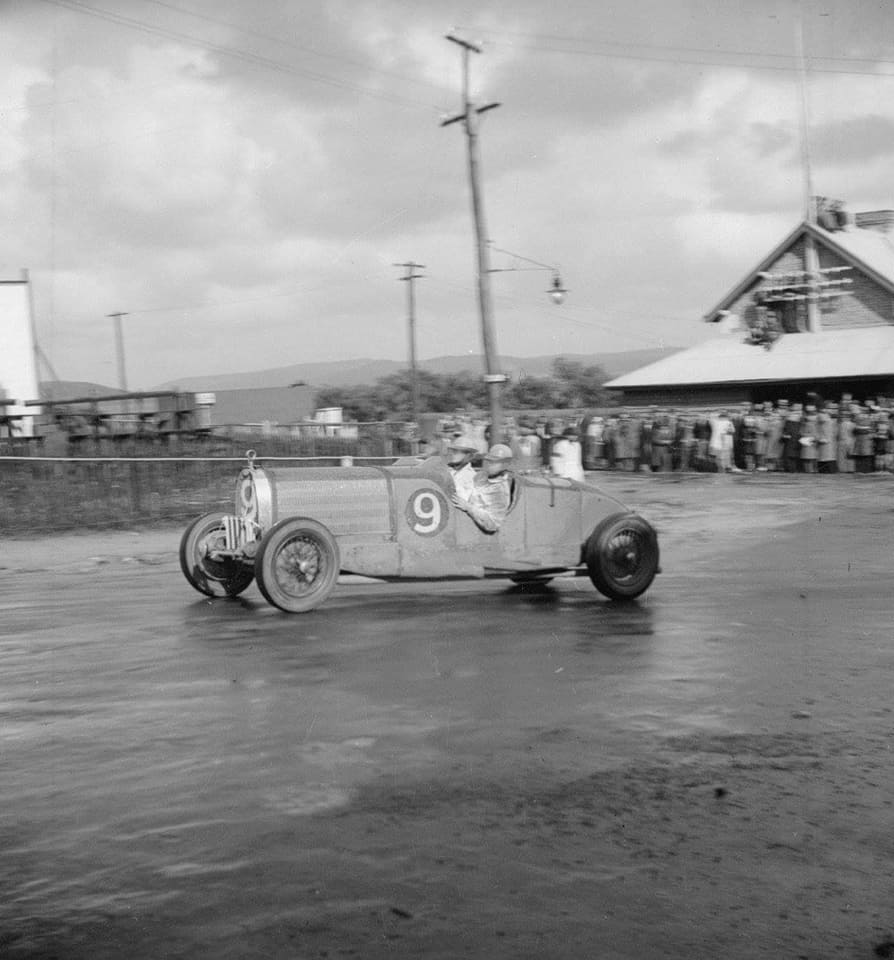
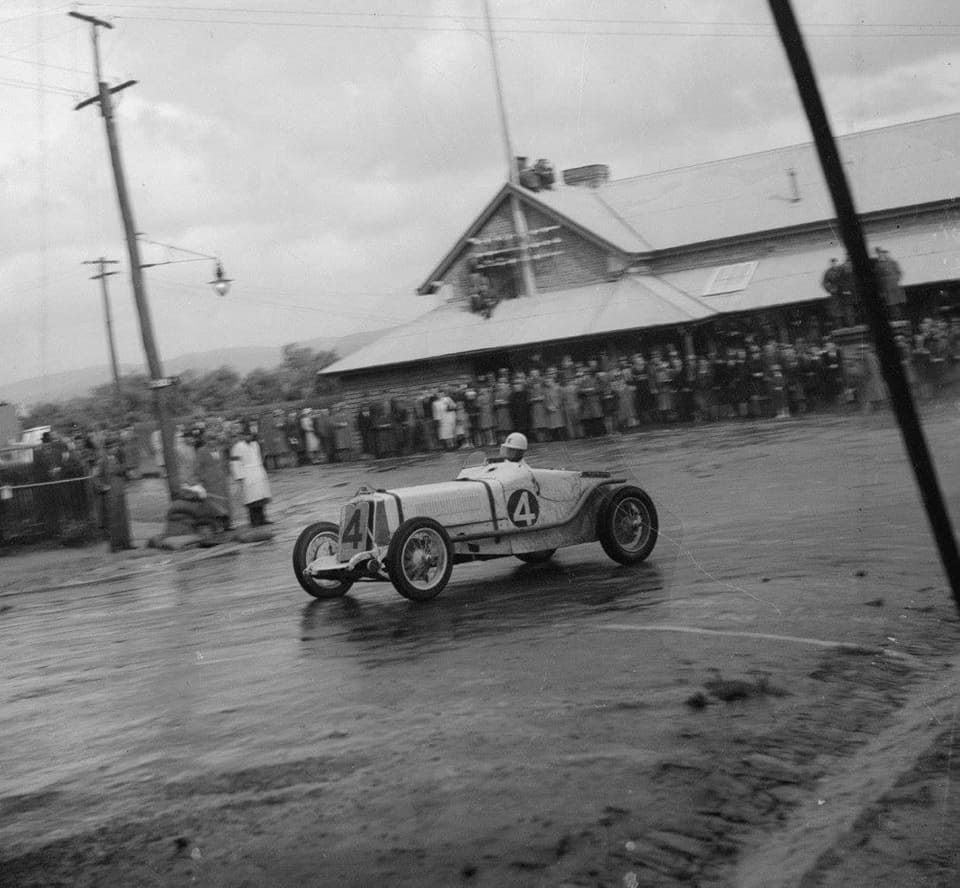


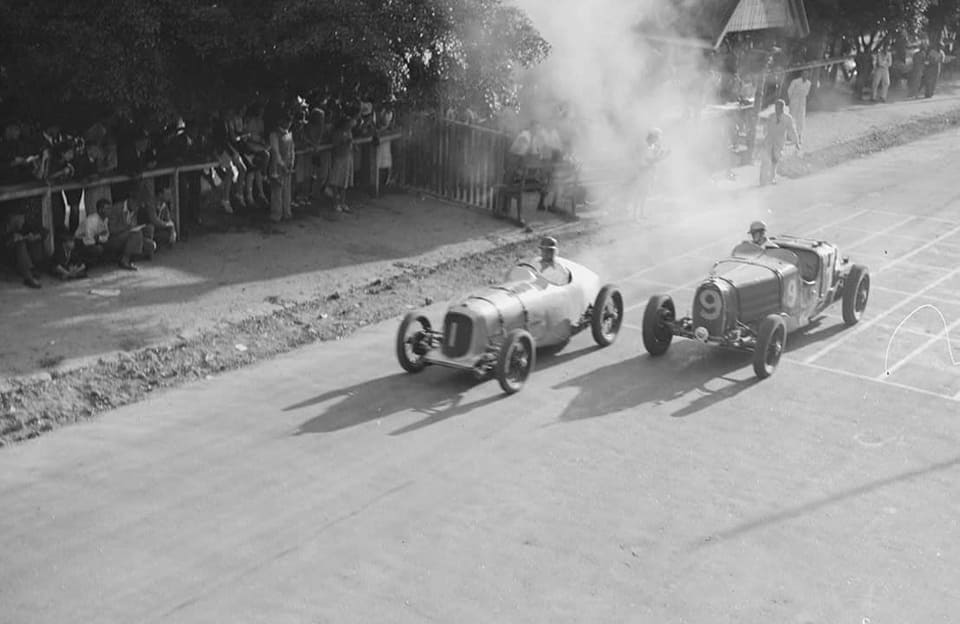
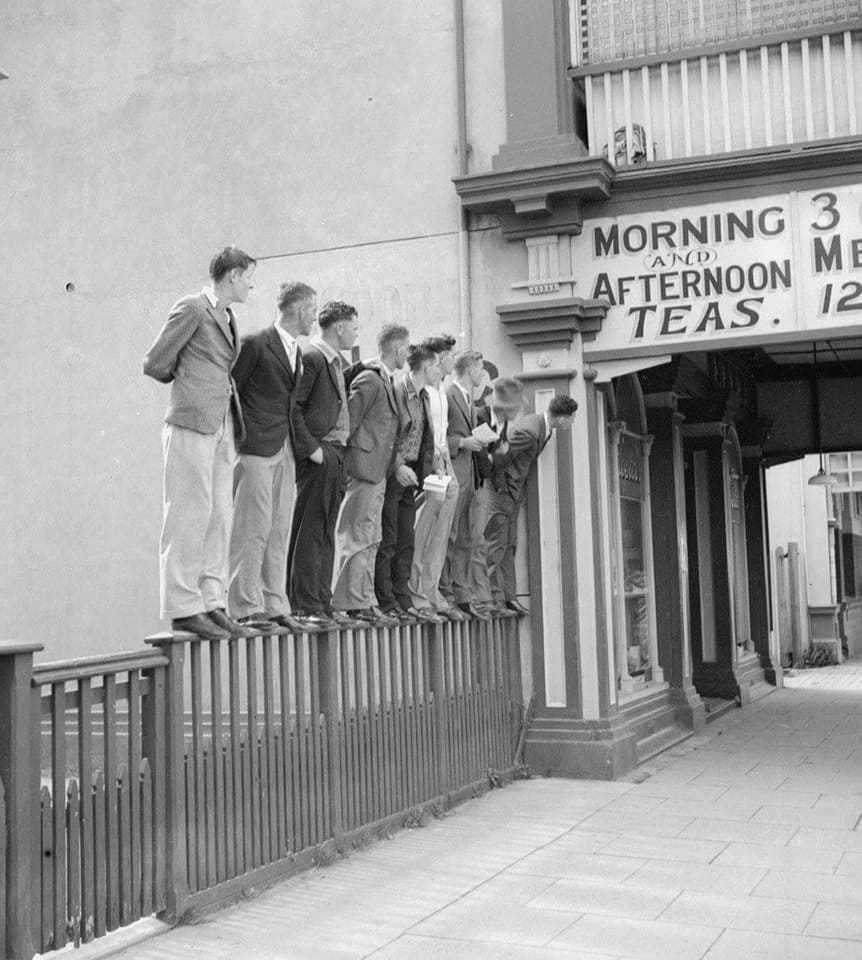
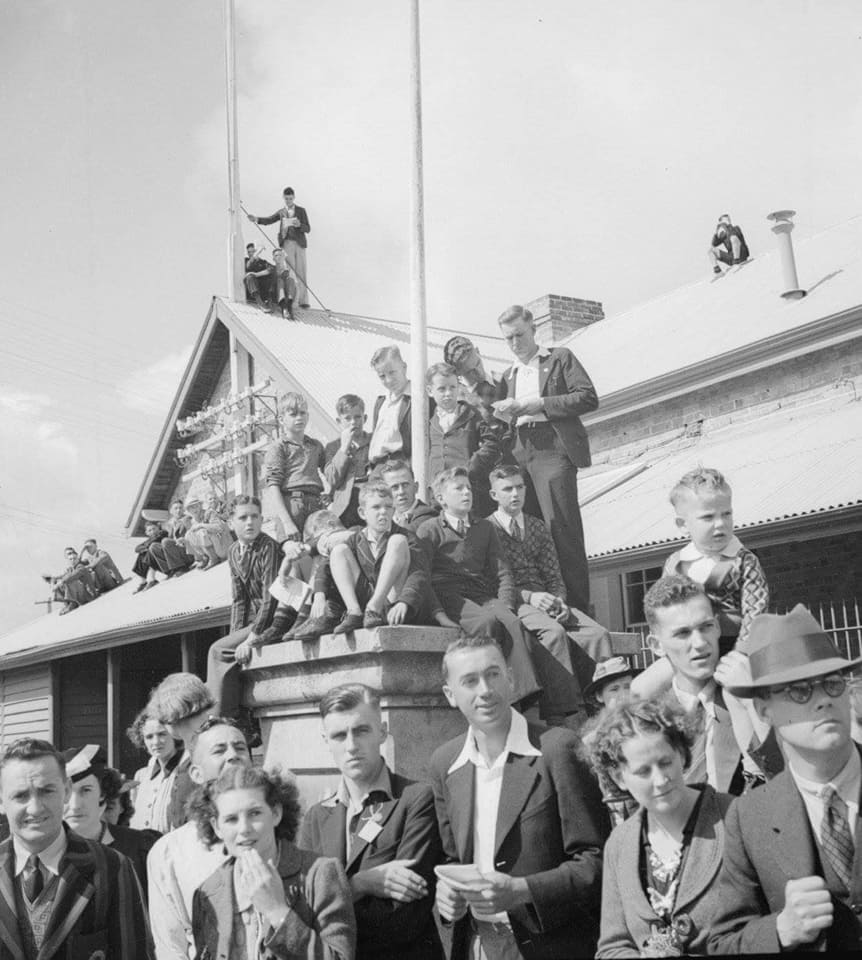
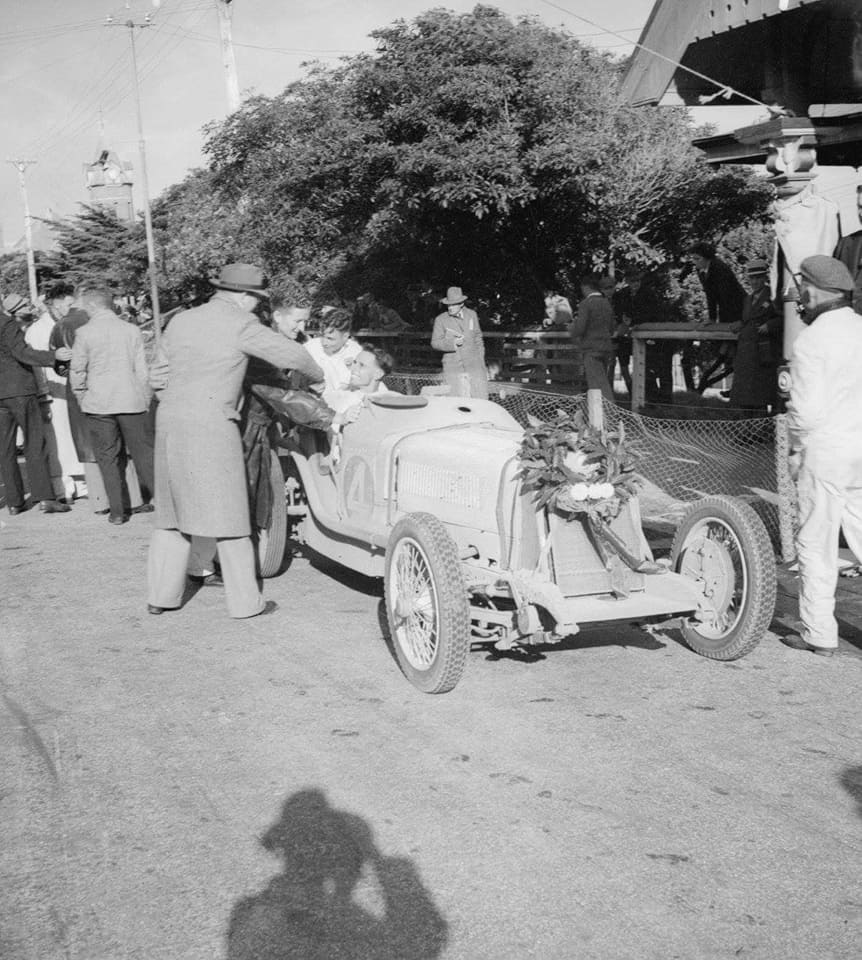

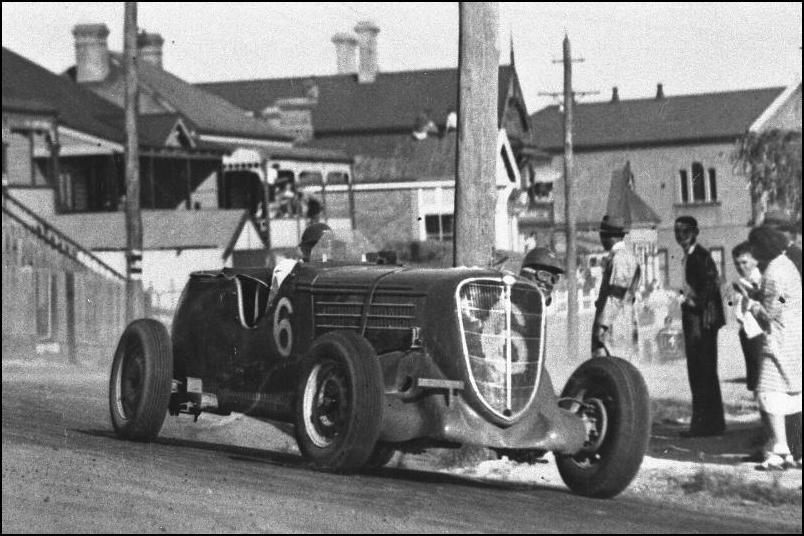
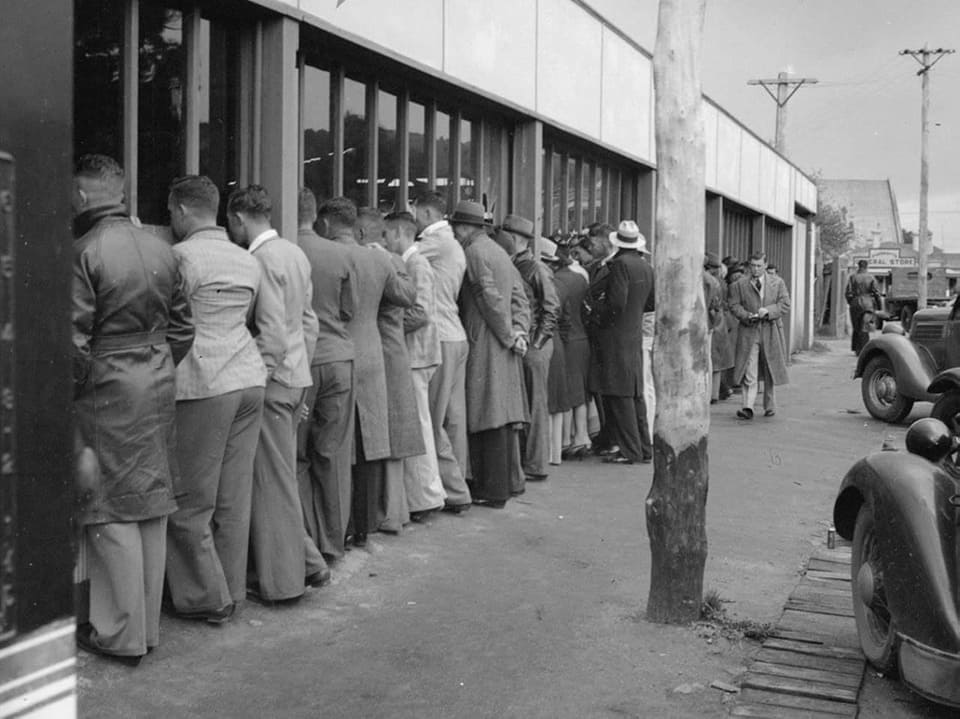
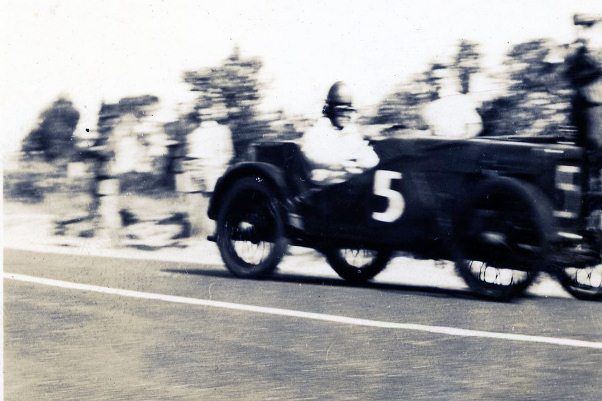
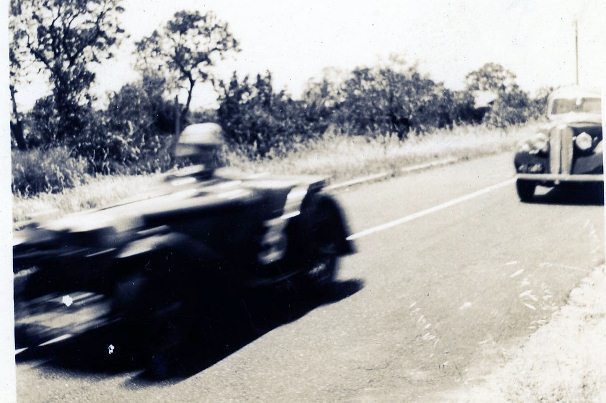
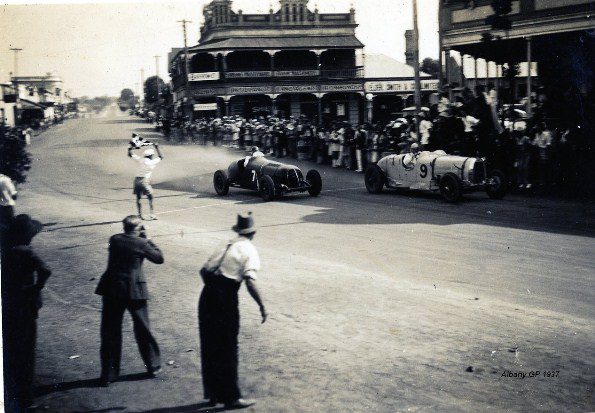
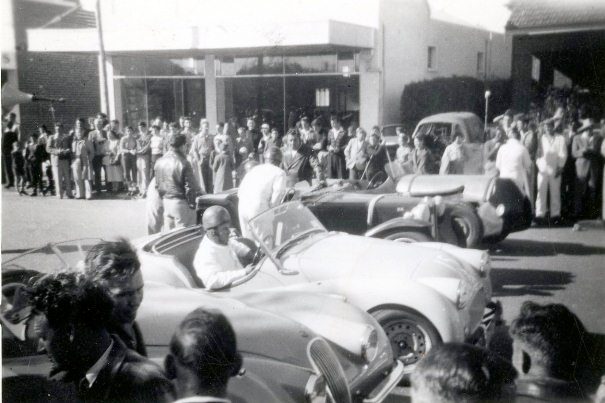
Only five Cars Finished
It was a handicap race and Ossie Cranston and Clem Dyer staged an epic duel for 12 laps until engine trouble sidelined them both. Shortly afterwards, Arthur Chick in the Triumph was forced out, letting Peter Connor in his lightened Rover into the lead. Seeligson put up a splendid performance and took out fastest time trying to catch the leader, and the remainder of the field trailed far behind. Connor, just 20 years old and driving in his first and last motor race, was an elated winner.
Only 5 cars finished (Jack Nelson had been a non starter due to engine troubles) and, although not an exciting race by modern standards, it was exciting fare for the huge crowd, which invaded the course after the race finished. Spectators surrounded the drivers, thrusting forward their programmes for autographs and trying to get close to the cars. It was heady stuff for the drivers after the dry dusty days at Lake Perkolilli.
March 8th 1936 was heralded as the third most exciting day in Albany’s history. The third is not bad considering the first and second were the arrival of President Roosevelts Great White Fleet of more than a dozen steam fired battleships and 14,000 sailors in 1908 and the departure of the first convoy with 30,000 troops from Albany in 1914.
Peter Connor, Albany’s first Tourist Trophy winner leapt to his glory with skill and a favourable handicap. He was born in Narrogin in 1915, the son of Stanley Connor who began the Great Southern Flour Mill in North Fremantle identifiable by its Dingo Flour sign on Stirling Highway and to this day remaining a familiar landmark.
Peter gave up his need for speed after marrying Perth socialite and beauty Dorothy McCarthy who fondly reminded him she too sacrificed Hollywood fame for love. He went on to operate a successful business in addition to inventing the first speargun seen in WA and making a glass bottom bucket for prawners on the Swan River.
The town of Albany was the first to bring European racing to Australia. The WA Sporting Car Club came up with the idea of a home grown event similar to the Monaco Grand Prix, but using the streets of Albany and the magnificent backdrop of the Princess Royal Harbour. The concept was embraced officially becoming ‘Back to Albany Celebrations’. The event attracted great enthusiasm and excitement and every room in town and the surrounding districts was full. Others slept in their cars and it was reported people were sleeping on gas and straw at the town powerhouse.
Weeks prior to the event, the town went into preparation bitumising streets, erecting barricades, and sweeping loose gravel away from corners. It was expected cars would reach speeds of 90 miles per hour (145 kph) as the racers passed the York Street intersection.
Looking back at the Albany events 70 years or so later, one of the most astonishing aspects was and remains the organisation and safety. Very few injuries were caused by racing, back then the greatest dangers were stray dogs venturing onto the track during races.
